Hair loss can be a frustrating and distressing problem for both men and women. Fortunately, with advancements in hair transplant techniques, individuals can restore their hairline and regain their confidence.
One such technique is follicular unit extraction (FUE), a minimally invasive hair restoration procedure that has gained popularity in recent years.
FUE hair transplant technique involves extracting individual hair follicles from the donor area (usually the back of the scalp) and transplanting them into the recipient area (where hair is thinning or balding) one by one. This procedure is in contrast to follicular unit transplantation (FUT), which involves removing a strip of scalp and dissecting it into individual hair grafts.
FUE was first introduced in the 1990s but has significantly evolved since then. With the advancement of technology and tools, FUE has become a more efficient and precise method of hair transplantation. Nowadays, FUE is performed using specialized equipment and devices that allow for greater precision and accuracy.
One of the biggest advantages of FUE over FUT is that it does not leave a linear scar on the donor area. Instead, FUE leaves tiny puncture wounds that heal quickly and are virtually invisible. This makes FUE a preferred option for those who want to wear their hair short.
However, FUE does have some disadvantages, such as it can be a time-consuming and labor-intensive procedure, and it may not be suitable for individuals with extensive hair loss or thinning.
Overall, FUE hair transplant technique is a safe and effective way to restore hair loss, and it can provide natural-looking results that can last a lifetime with proper care and maintenance.
Follicular Unit Extraction (FUE) is a minimally invasive hair transplant technique that has been gaining popularity due to its natural-looking results and quick recovery time. FUE involves the removal of individual hair follicles from the donor area, usually the back of the scalp, and transplanting them to the balding or thinning areas.
It is crucial to have a skilled and experienced surgeon performing the FUE procedure. An experienced surgeon will have the necessary skills and knowledge to extract and implant the grafts properly, leading to better results.
There are two types of FUE procedures: manual FUE and robotic FUE. In manual FUE, the surgeon uses a handheld punch tool to extract the grafts, while in robotic FUE, a robotic arm is used to extract the grafts. While both methods can yield successful results, the choice of technique depends on the surgeon's preference and the patient's individual needs.
Before undergoing FUE, there are a few important steps to take to ensure the procedure is successful and your recovery is smooth.

1. Pre-surgery instructions and preparation Your surgeon will provide you with a set of instructions to follow before your surgery. These instructions may include guidelines on avoiding certain medications, smoking, and alcohol in the weeks leading up to your procedure. Your surgeon may also ask you to stop taking blood-thinning medication to prevent excessive bleeding during surgery.
2. Importance of proper hair care before surgery It is essential to take good care of your hair before your FUE procedure. This includes washing your hair regularly and using mild shampoos to prevent any scalp irritation or infection. Your surgeon may also recommend special shampoos or topical solutions to prepare your scalp for surgery.
3. Possible medications to avoid before surgery Certain medications can interfere with the FUE procedure or increase the risk of complications. These may include aspirin, ibuprofen, and other non-steroidal anti-inflammatory drugs (NSAIDs) that thin the blood and increase the risk of bleeding during surgery. Your surgeon may also advise you to avoid herbal supplements and vitamins that can interfere with blood clotting.
By following your surgeon's instructions and taking good care of your hair before surgery, you can ensure that you are well-prepared for the FUE procedure and that your recovery is smooth and successful.
Follicular Unit Extraction (FUE) is a minimally invasive hair transplant surgery that can help restore hair loss. The procedure involves extracting individual hair follicles from the donor area and transplanting them to the recipient area. FUE is an outpatient procedure that usually takes several hours to complete, depending on the number of grafts being transplanted.
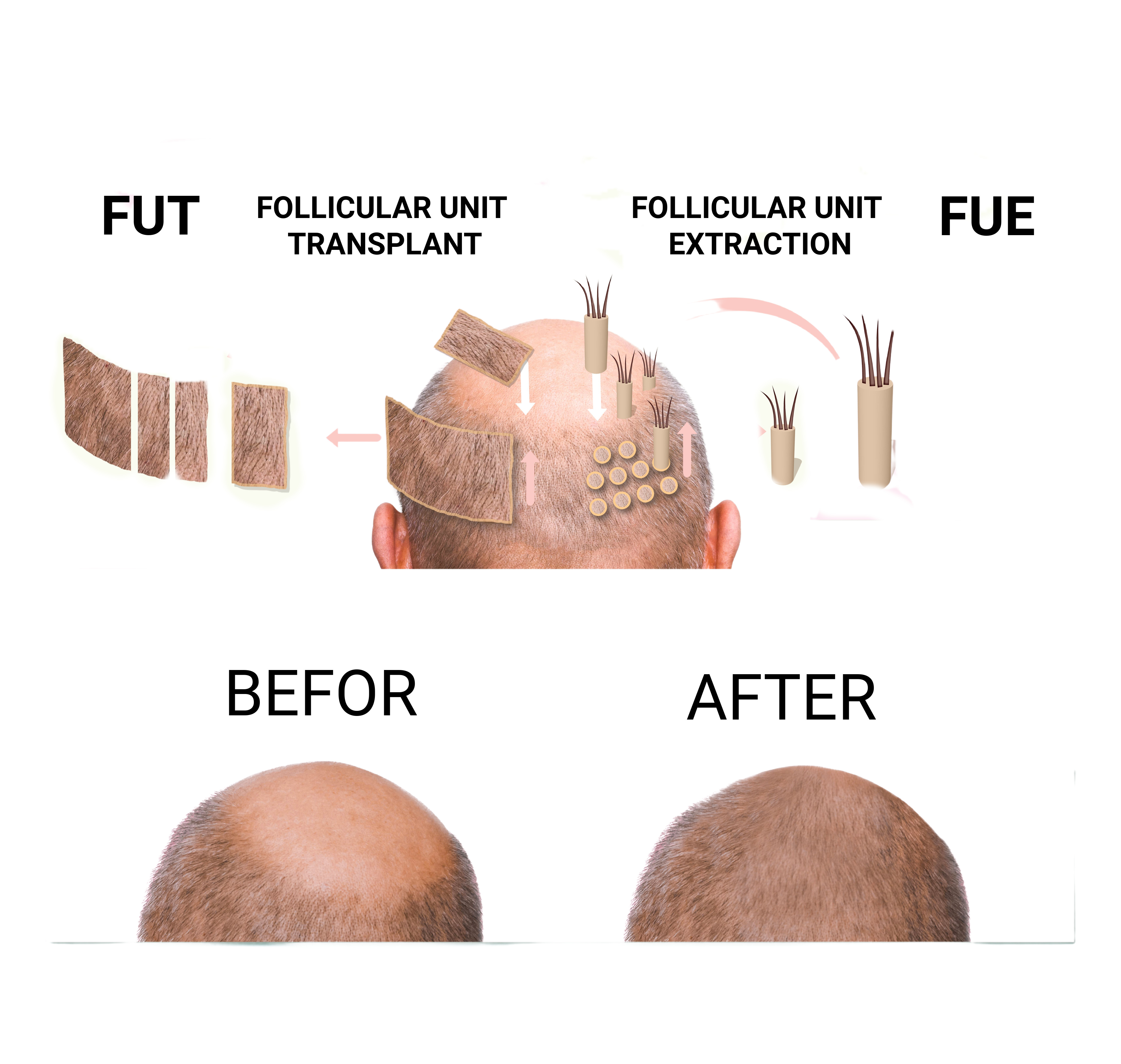
During the FUE procedure, the surgeon will use a small punch tool to extract individual hair follicles from the donor area. The donor area is usually the back of the head where the hair is thicker and more resistant to balding. Once the hair follicles are extracted, they are then transplanted into the recipient area. The recipient area is the part of the scalp that is experiencing hair loss.
Pain management during and after surgery is important. Local anesthesia is used during the FUE procedure to numb the scalp and minimize pain. After the procedure, patients may experience some soreness or discomfort, but this can usually be managed with pain medication prescribed by the surgeon.
Overall, FUE is a safe and effective hair transplant technique that can provide natural-looking results for those suffering from hair loss. With proper preparation and post-operative care, patients can expect a successful and satisfying outcome.

In conclusion, FUE hair transplant technique has revolutionized the hair restoration industry, providing a minimally invasive solution to hair loss. FUE offers a number of benefits over traditional hair transplant methods, including less scarring, quicker recovery times, and more natural-looking results.
To be a good candidate for FUE, individuals must have a healthy donor area on their scalp, free from any underlying medical conditions that could affect the success of the procedure. While FUE may not be the right choice for everyone, it can provide a safe and effective solution for those looking to restore their hair and confidence.
It's important to choose an experienced and skilled surgeon for your FUE procedure, whether manual or robotic, to ensure the best possible outcome. Proper pre-surgery preparation, including proper hair care and medication avoidance, can also contribute to a successful procedure and recovery.
While there are some risks associated with any surgical procedure, FUE is generally considered a safe and permanent solution to hair loss. With proper post-operative care, including pain management and following your surgeon's instructions, most individuals can expect a quick recovery and enjoy their new, fuller head of hair.
If you are considering FUE hair transplant technique, be sure to do your research and find a reputable clinic with experienced surgeons to ensure the best possible outcome. With the right preparation and post-operative care, FUE hair transplant technique can help you achieve the hair restoration results you desire.
FUE (Follicular Unit Extraction) hair transplant technique is a widely popular method for restoring hair on the scalp. Unlike the traditional strip method, FUE involves extracting individual follicular units from the donor area using a micro-punch tool. The extracted hair follicles are then transplanted onto the bald or thinning areas of the scalp.
But who can benefit from FUE? Generally, individuals with male or female pattern baldness, hair loss due to injury or burns, or individuals who have lost hair due to previous cosmetic procedures may be good candidates for FUE hair transplant. However, it is essential to consult with a hair transplant specialist to determine if FUE is the right procedure for you.
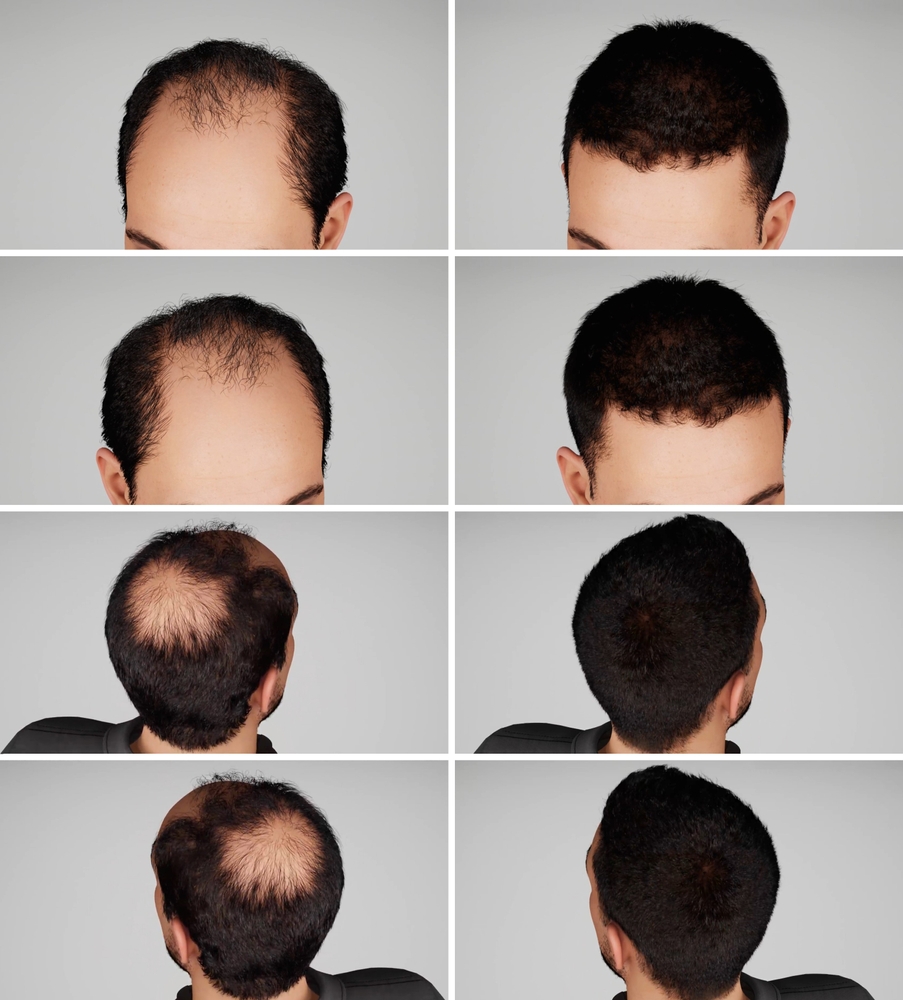
Compared to other hair transplant techniques, FUE has several advantages. Firstly, it does not leave a linear scar in the donor area, making it an ideal option for individuals who prefer shorter haircuts. Secondly, it provides a more natural-looking result as the hair is transplanted in individual follicular units. Lastly, the recovery time is relatively shorter, and the procedure is less invasive.
On the other hand, FUE may not be the best option for individuals with limited donor hair. Since FUE involves extracting hair follicles individually, it requires a significant amount of donor hair, which may not be feasible for individuals with extensive hair loss. In such cases, FUT (Follicular Unit Transplantation) may be a more suitable option. To read more about this topic you can read our article about hair transplant techniques, their advantages and disadvanges.
In conclusion, FUE is a popular hair transplant technique that can help individuals with various types of hair loss. It is essential to consult with a hair transplant specialist to determine if you are a good candidate for FUE and to discuss the potential risks and benefits of the procedure.
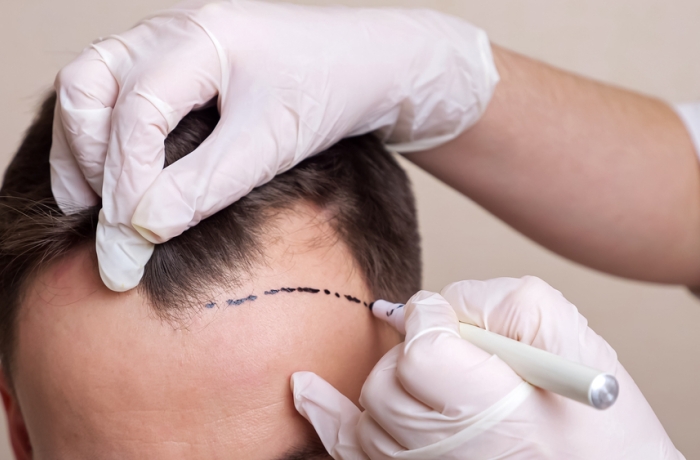
The recovery time after FUE surgery is usually minimal compared to other hair transplant techniques. Most patients can return to work and resume normal activities within a few days after the surgery. However, it is important to avoid strenuous activities for a few weeks after the surgery to allow the scalp to heal properly.
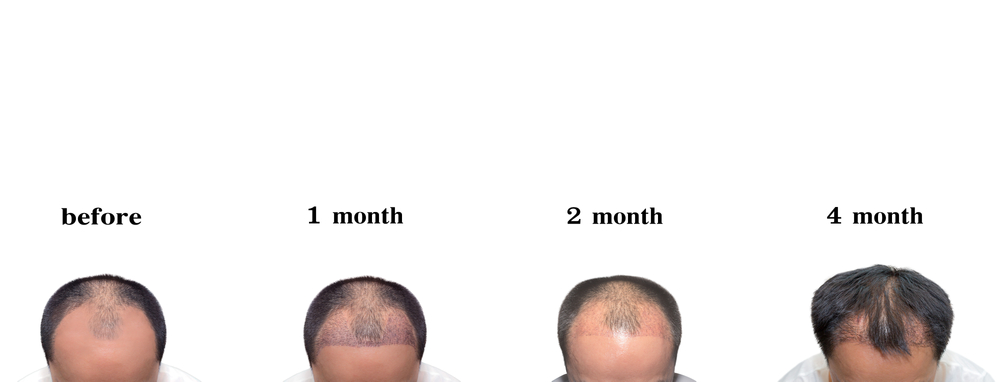
Post-operative care is also important for a successful FUE transplant. Patients are advised to avoid exposure to direct sunlight, wear a hat when going outside, and avoid smoking and alcohol consumption for a few days after the procedure. It is also important to follow the surgeon's instructions for washing and caring for the hair to ensure proper healing and optimal results.
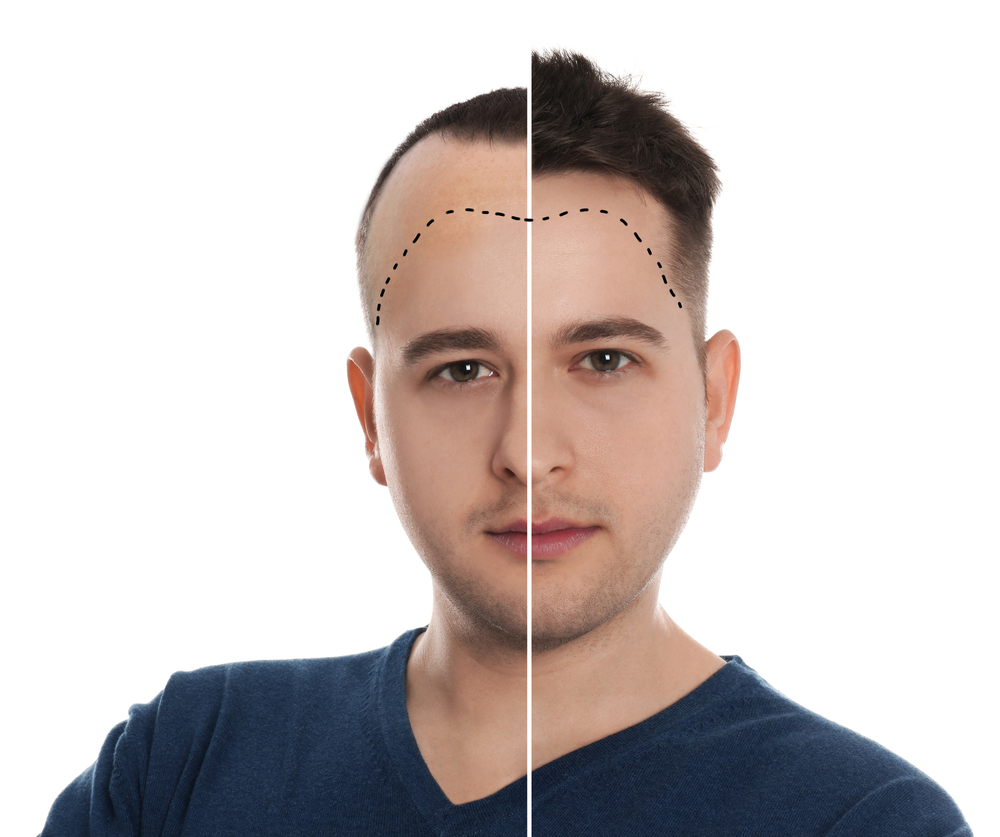
Sonuç olarak, FUE saç nakli teknikleri, saç dökülmesine minimal invaziv bir çözüm sağlayarak, saç restorasyon endüstrisini devrimleştirdi. FUE, daha az iz bırakan, daha hızlı iyileşme süreleri ve daha doğal görünümlü sonuçlar dahil olmak üzere geleneksel saç nakli yöntemlerine göre birçok avantaj sunar.
FUE için iyi bir aday olabilmek için, kişilerin skalplerinde sağlıklı bir donör alanı olmalıdır ve prosedürün başarısını etkileyebilecek herhangi bir altta yatan tıbbi durumdan arındırılmış olmalıdırlar. FUE herkes için uygun bir seçenek olmayabilir, ancak saçlarını ve özgüvenlerini yeniden kazanmak isteyenler için güvenli ve etkili bir çözüm sağlayabilir.
FUE prosedürü için, manuel veya robotik olsun, en iyi sonucu sağlamak için deneyimli ve yetenekli bir cerrah seçmek önemlidir. Doğru cerrahi öncesi hazırlık, uygun saç bakımı ve ilaç kaçınması da başarılı bir prosedür ve iyileşmeye katkıda bulunabilir.
Herhangi bir cerrahi prosedürde olduğu gibi bazı risklerle birlikte, FUE genellikle saç dökülmesine kalıcı ve güvenli bir çözüm olarak kabul edilir. Ağrı yönetimi ve cerrahınızın talimatlarını takip etmek gibi uygun ameliyat sonrası bakım ile, çoğu kişi hızlı bir iyileşme bekleyebilir ve yeni, dolgun saçlarından keyif alabilir.
Eğer FUE saç nakli tekniklerini düşünüyorsanız, en iyi sonucu sağlamak için deneyimli cerrahlara sahip, saygın bir klinik araştırmalısınız. Doğru hazırlık ve ameliyat sonrası bakımla, FUE saç nakli teknikleri size arzu ettiğiniz saç restorasyon sonuçlarını sağlayabilir.
>